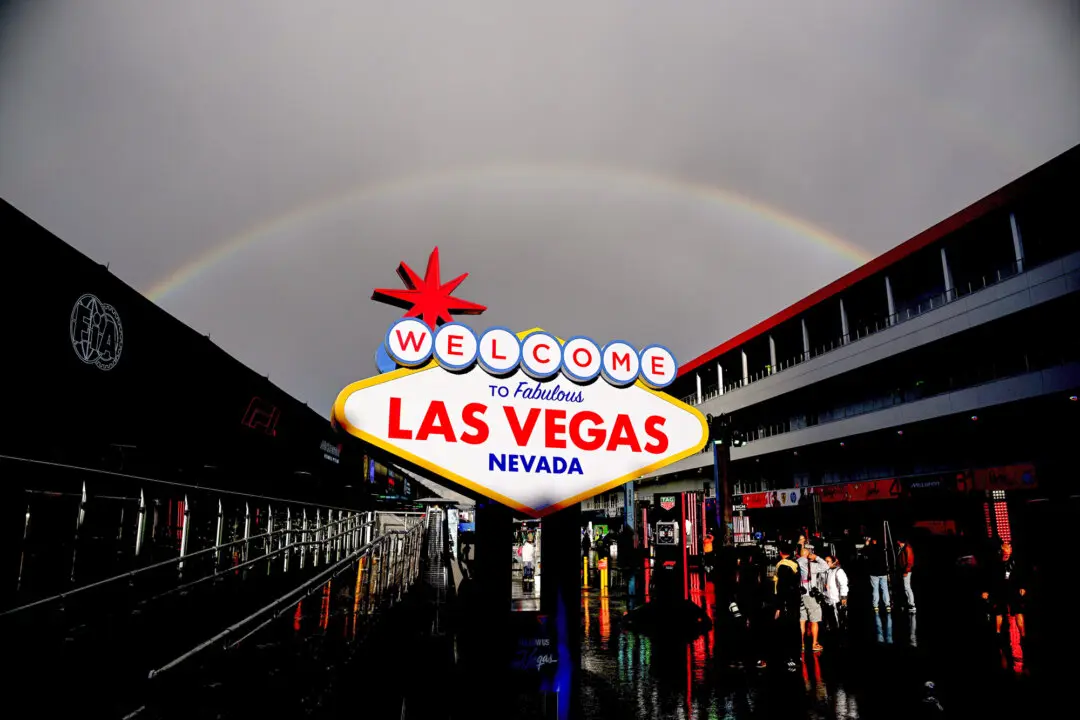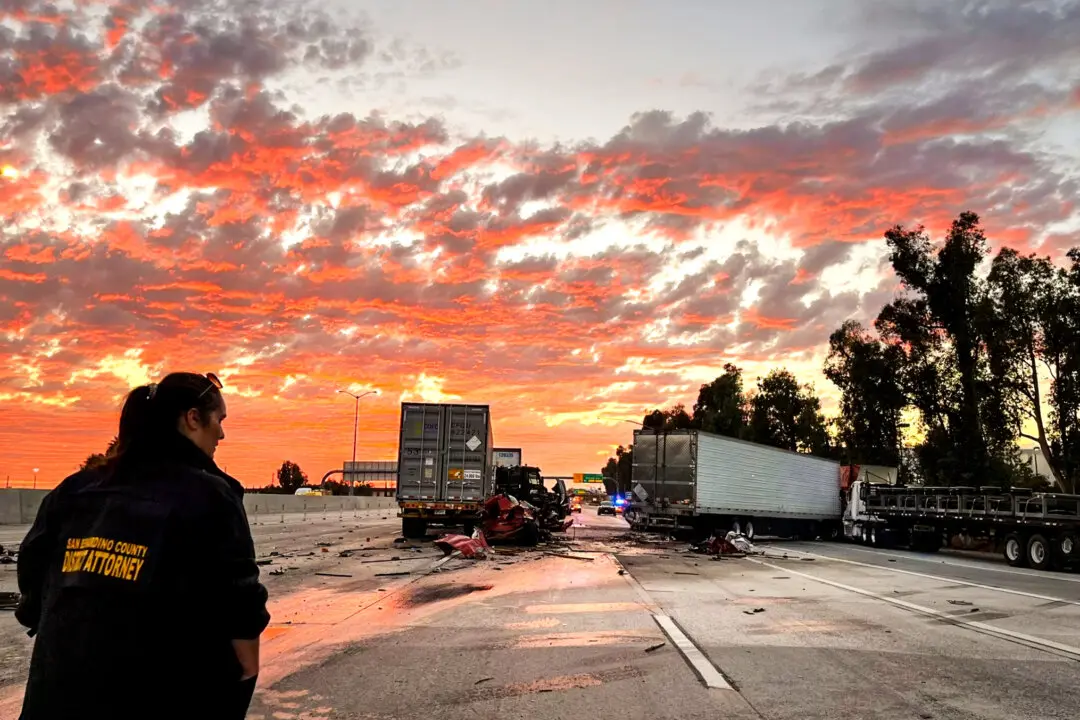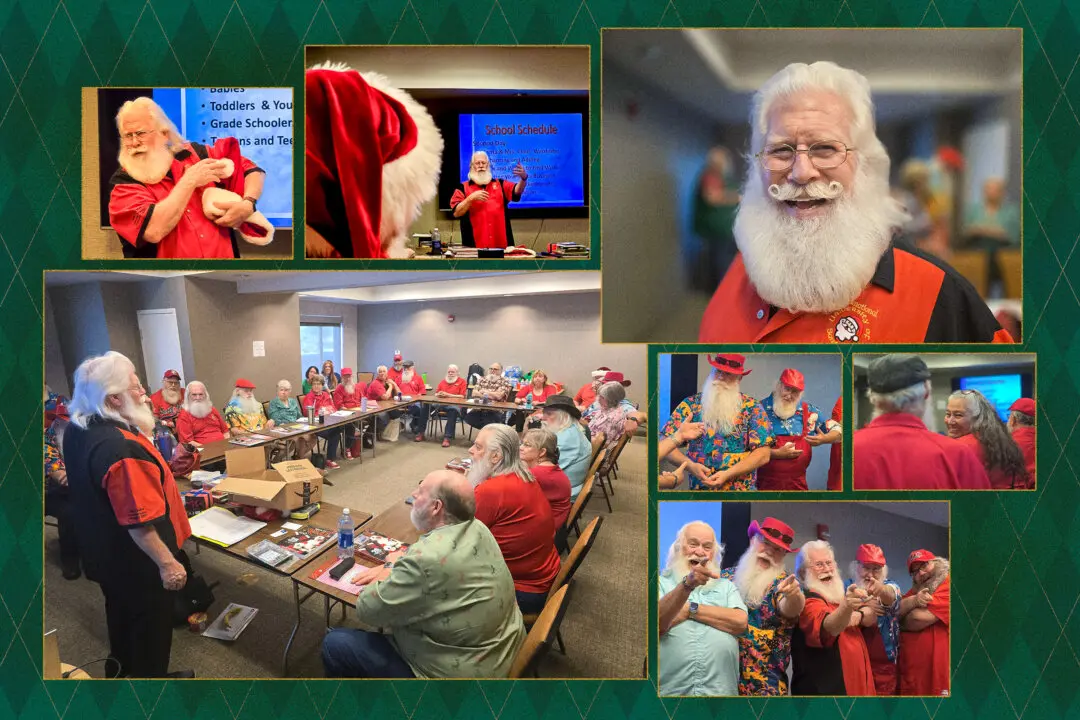The romantic image of a one-room schoolhouse nestled on the Midwestern prairie has in its modern equivalent today’s micro-school, or “pandemic pod.”
Born amid the COVID-19 pandemic, minimalist by design, their founders say these mini-schools may be small in size but they’re large in curriculum scope, offering individualized instruction in a safe, politics-free environment.





